Fluency/Stuttering Curriculums for Speech Therapy
Comprehensive Plans for Helping Children who Stutter
Our fluency curriculums provide a clear, organized framework for helping children who stutter or have other disfluencies develop the tools they need to communicate effectively.
Each plan teaches practical, real-world strategies that help students navigate speaking situations with greater comfort, confidence, and control—whether they’re in the classroom, with friends, or out in the community.
Give your students the support they need to speak freely and feel understood.
✅ Structured. Supportive. Real-world results.

Who’s it For?
Who Can Use It?
Choose your Curriculum:
You Don’t Have to Do This Alone.
Every child’s communication journey is unique — but you don’t have to reinvent the wheel for each one.
Our Speech Sound Curriculums are just the beginning. Inside the SLK Curriculum, you’ll find comprehensive therapy plans for every major area of communication:
- Language (vocabulary, grammar, comprehension, etc.)
- Speech sound pronunciation
- Social communication and pragmatic skills
- Fluency and stuttering
- Voice and resonance
- Functional Communication
Each curriculum walks you through the therapy process step-by-step — from first session to mastery — so you can spend less time planning and more time helping children and teens succeed.

Because when you have a clear plan, children make faster progress.
And when children start communicating clearly and confidently… everything changes.
Podcast: Play in new window | Download | Embed
Subscribe: Apple Podcasts | RSS
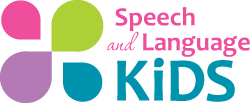
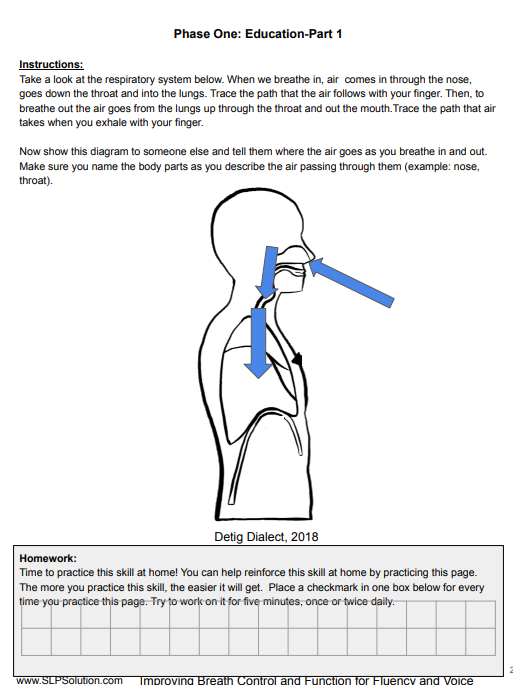
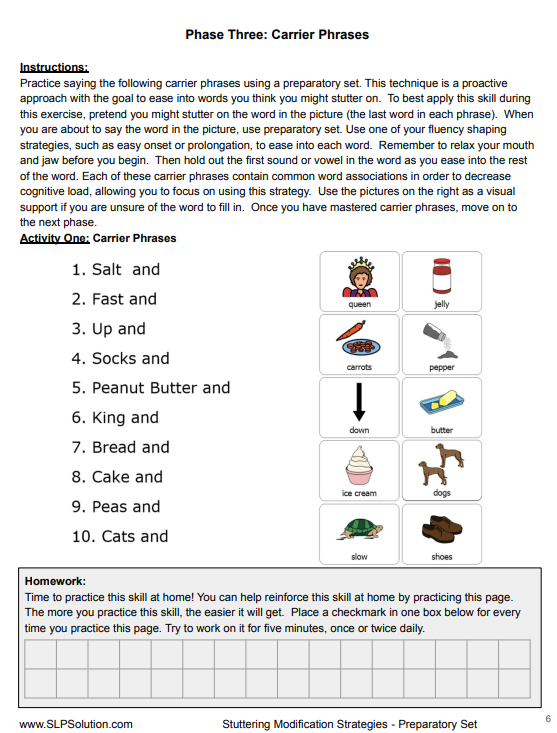
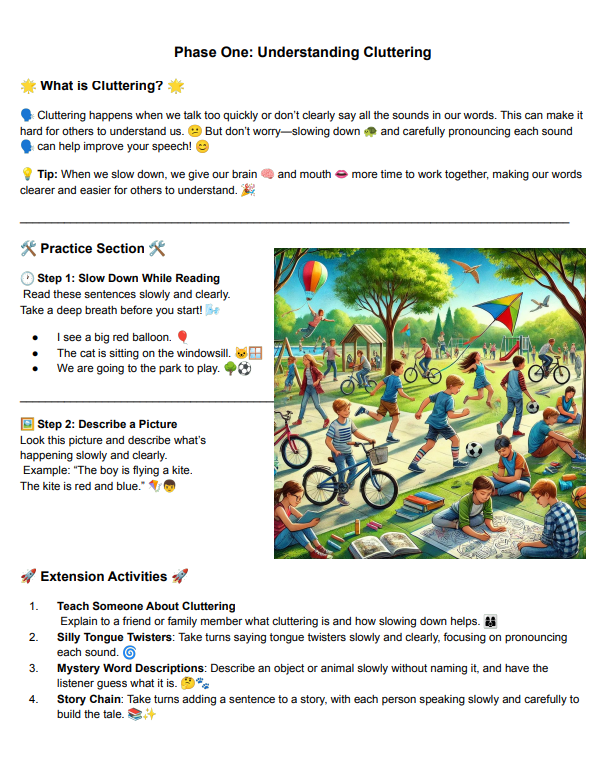
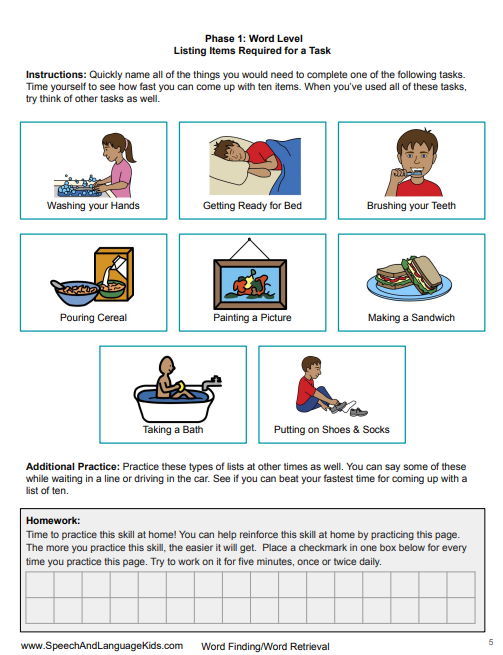

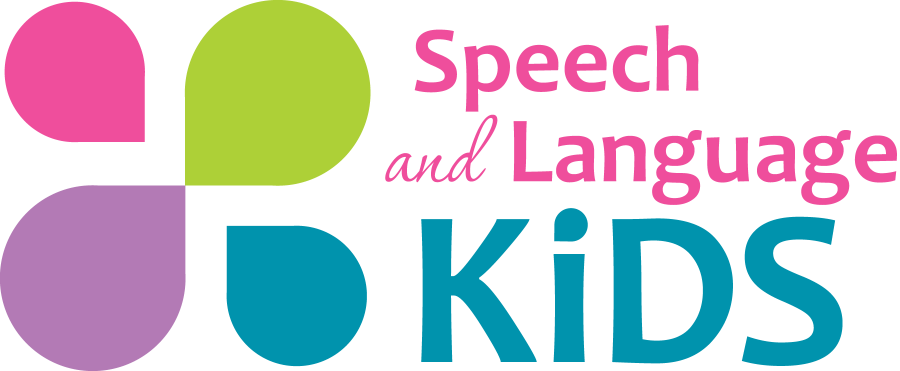
This is such a helpful roundup! Finding effective fluency and stuttering curriculums can be overwhelming, so I really appreciate how clearly you broke down the options. This will make planning therapy sessions so much easier.